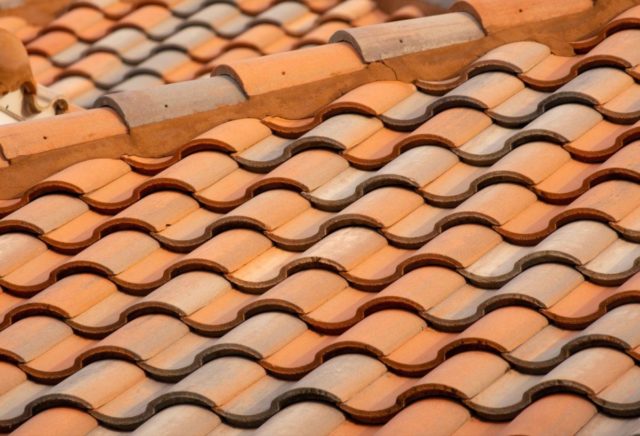Maintaining your roof with periodic preventive maintenance can extend its lifespan and protect your home from leakage for many years to come. By following these straightforward but effective maintenance guidelines, follow them to keep leak-free living!
Leaves and branches that overhang your roof can damage its shingles as well as provide shelter for squirrels and other critters, so regular pruning to avoid issues during harsh weather conditions is vitally important.
Clean Your Gutters
Gutters play an invaluable role in the drainage of roof overhangs. When properly functioning, gutters direct rainwater away from walls and foundation of the house, protecting it from rot while keeping moisture at bay in both siding and basement spaces. When gutters become blocked with debris or filth, their function becomes compromised leading to costly repairs or moisture issues in these spaces.
Regular gutter cleanings are essential to ensuring optimal gutter function. This involves clearing away leaves, sticks and debris from the system as well as checking to make sure there are no blockages. Furthermore, this provides an opportunity to inspect them for damage such as rusting or cracking as well as for potential blockages forming in any sections.
Ultimately, properly attached and functioning gutters should remain attached securely to both roof overhang and house without loose or missing sections.
Gutter cleaning should be conducted on dry days to make the task simpler. To minimize disruption and ensure efficiency, begin at the open end of your downspout and work towards its closed end.
Rinsing after each cleaning session can remove any remaining debris while making sure everything works as designed. If doing it yourself, ensure a sturdy ladder is used and work safely. This is an area where many homeowners find it beneficial to call in roofing experts for help. This is because this task can be dangerous if performed by amateurs.
Inspect Your Flashings
Your roof’s flashing is vulnerable to damage from storms. To detect potential issues with it, conduct regular inspections or check after storms.
Be wary of any cracks, rust or broken pieces of flashing. If any are present, contact a professional immediately for further examination and repairs. It’s also wise to inspect caulking around flashing; over time this can become degraded so re-caulking should take place every two years to prevent potential issues with leakage and repair costs. You can learn more about flashing by clicking the link.
At regular intervals, it’s also essential to monitor the flashing around chimneys, dormers and vent pipes. You can do this by climbing up on a ladder and visually inspecting your roof from above; alternatively you could use binoculars for an unobstructed view from beneath.
Look out for signs of fungus, lichen or algae growth on your roof. Fungi thrive in dark corners and can do serious damage if left untreated; to safeguard against this happening it’s wise to inspect these areas after each rainfall or season and spray with antifungus products to control them.
Trim Tree Branches
Tree limbs must remain far away from your roof to avoid serious damage or potential injury during storms. Too close and they can clog gutters and cause extensive shingle and structural damage. Additionally these branches could potentially fall, inflicting serious injury or even death to people below.
Tree leaves can accumulate on your roof and absorb moisture, leading to mold growth. Routine tree trimming ensures there is enough space between their branches and your home.
Pruning should only be done on trees that require it; experts advise only cutting 25 percent or less of living branches at one time to minimize risks such as fungus or insect infestation.
Inspect Your Attic
Attic health is of vital importance to any roof’s overall wellbeing. It often provides the first indication of issues like blocked vents, insufficient insulation or pest infestation. To inspect it thoroughly it’s recommended that inspection takes place during a rainstorm as moisture will make leaks easier to spot.
Before entering an attic, be sure to wear a dust mask, eye protection and long pants. Also bring along a ladder and flashlight so you can reach into tight corners easily. AFCI/GFCI testers, moisture meters and smartphones equipped with cameras would all come in handy as tools for documenting findings.
As well as verifying attic ventilation is working correctly, look for signs of roof deck rot and sagging. Make sure all bathroom exhausts, chimney, and sewer vent pipes are vented outside for proper functioning and ensure an ice dam-free attic environment has formed.
Home inspectors also inspect the structural integrity of an attic ceiling, looking out for warped rafters or beams which can create major issues and decrease its value significantly. Issues should be resolved as soon as they emerge before causing irreparable harm or becoming safety risks.
Keeping your roof in good working order is a way to save on repair in the long run. If you find a major issue with your roof, it may be time to call in the professionals for help.










